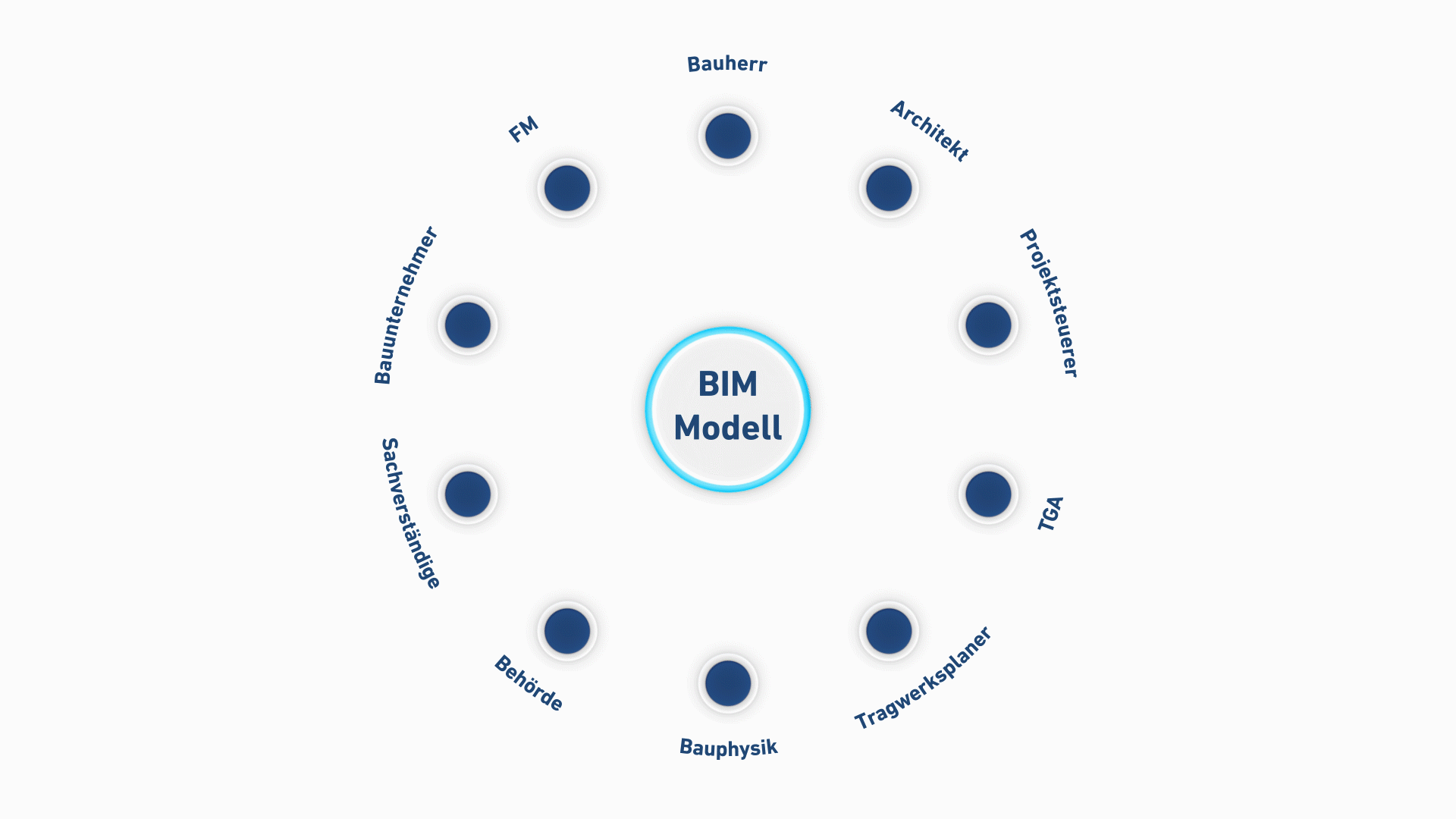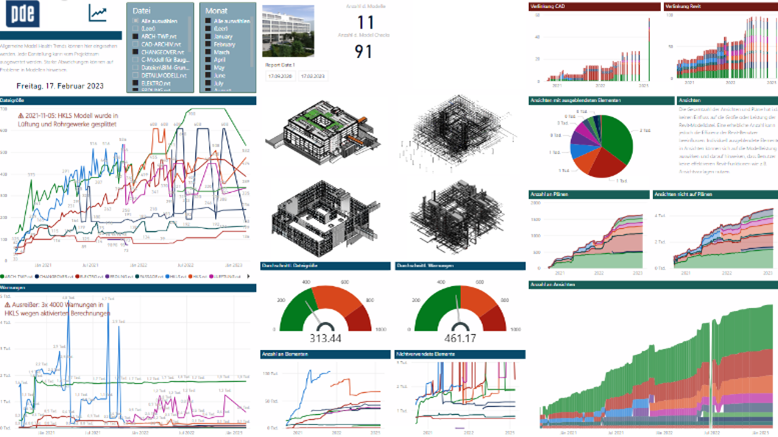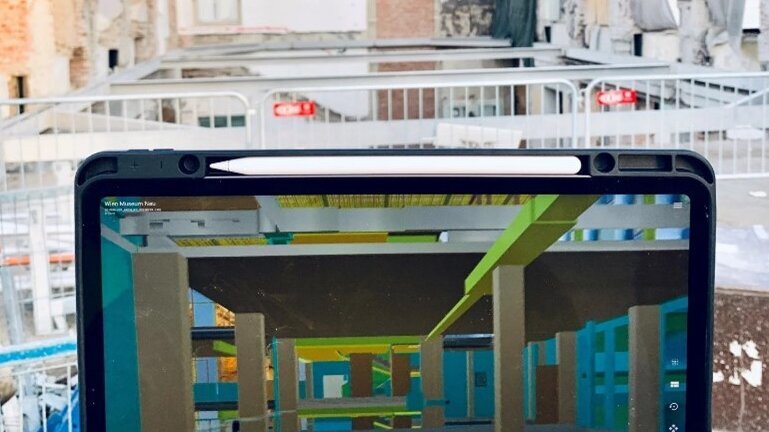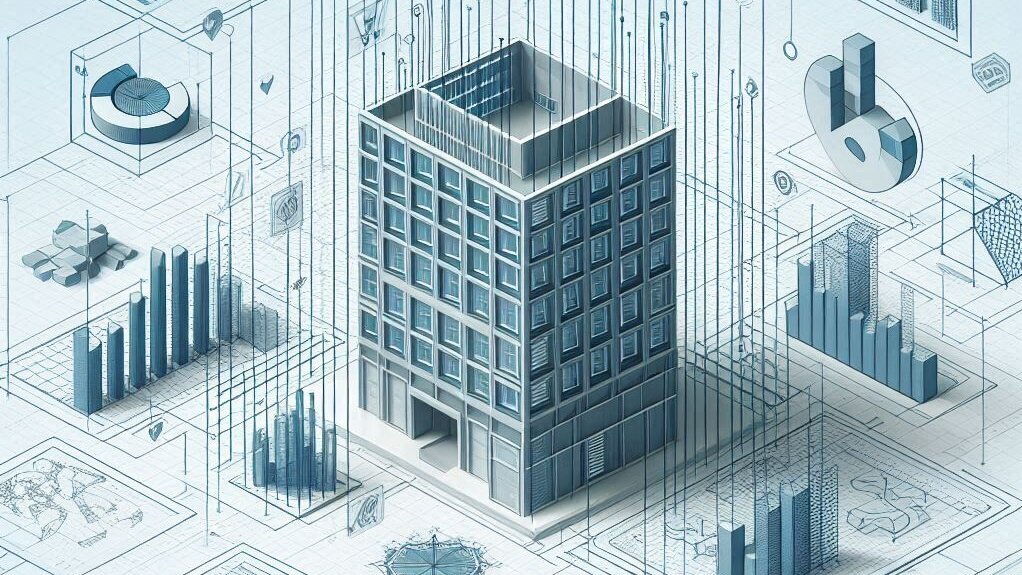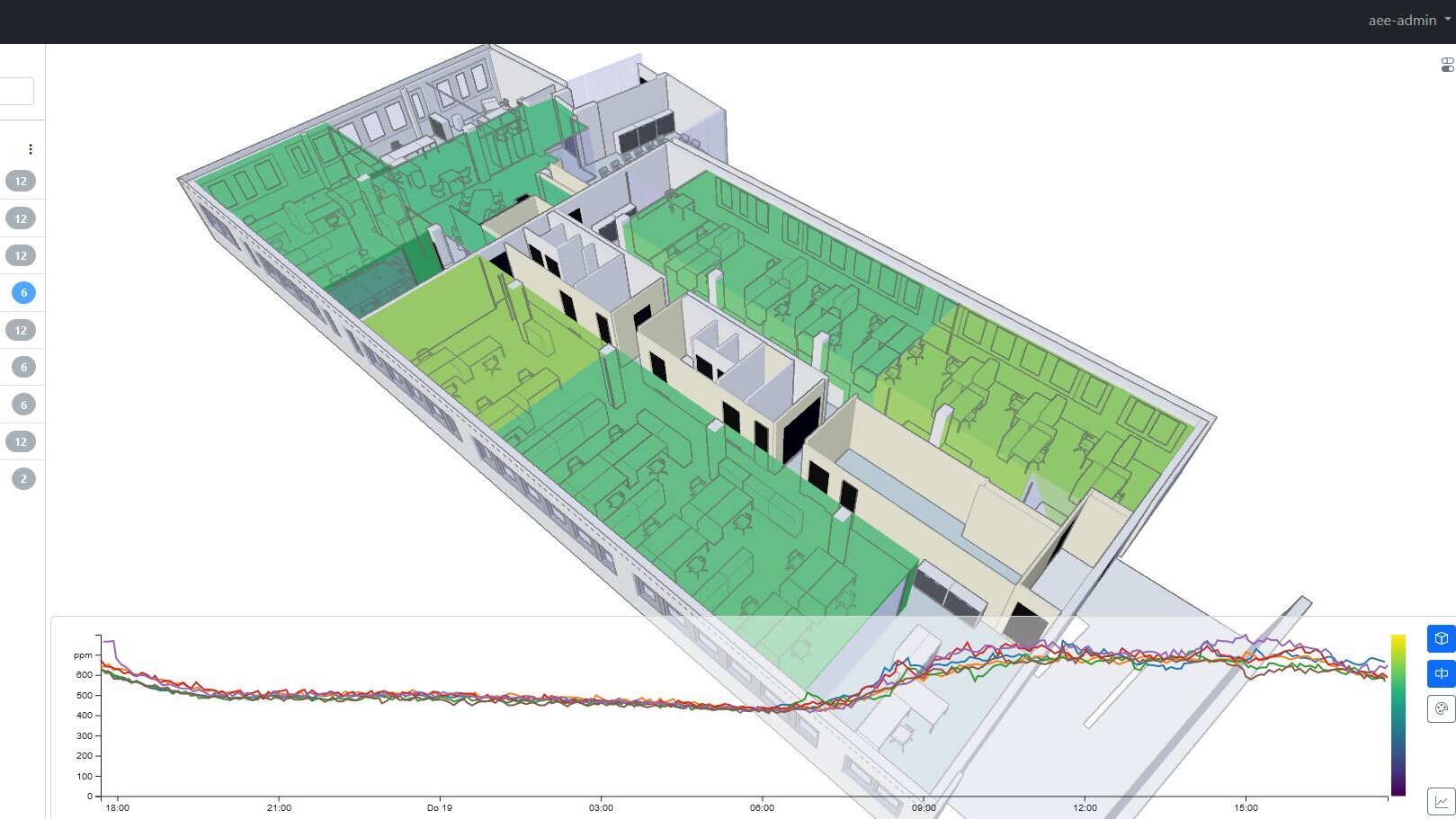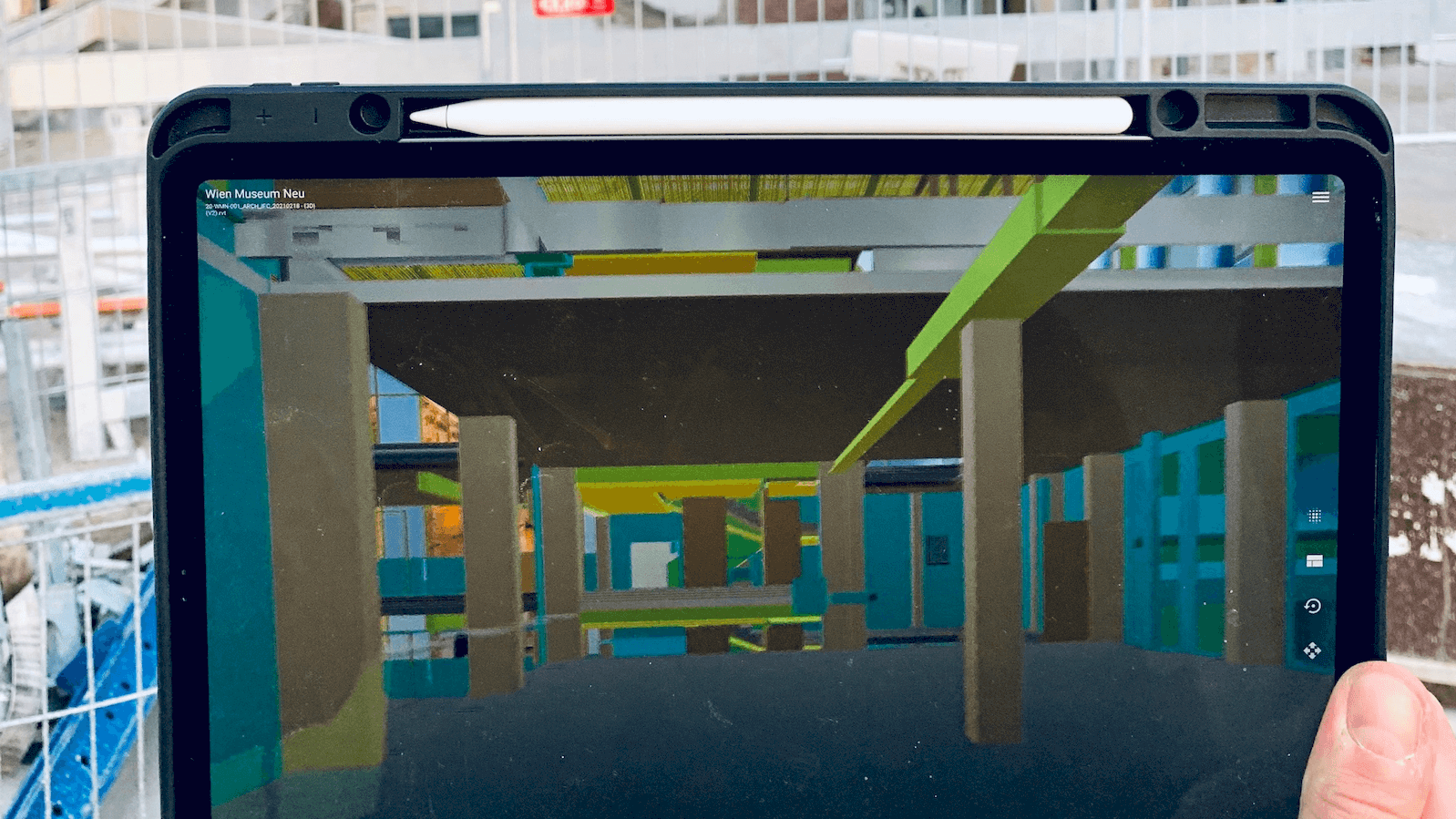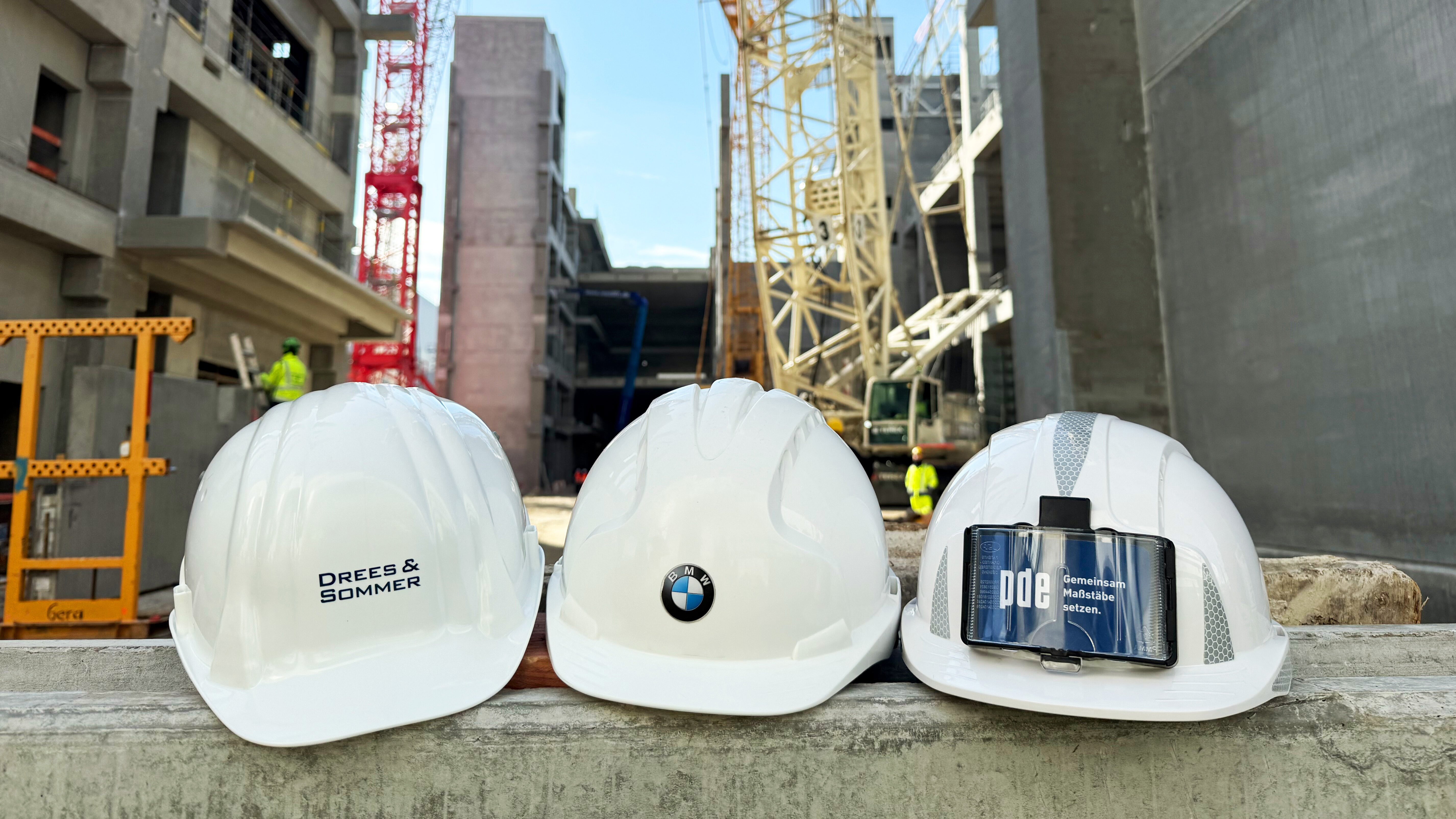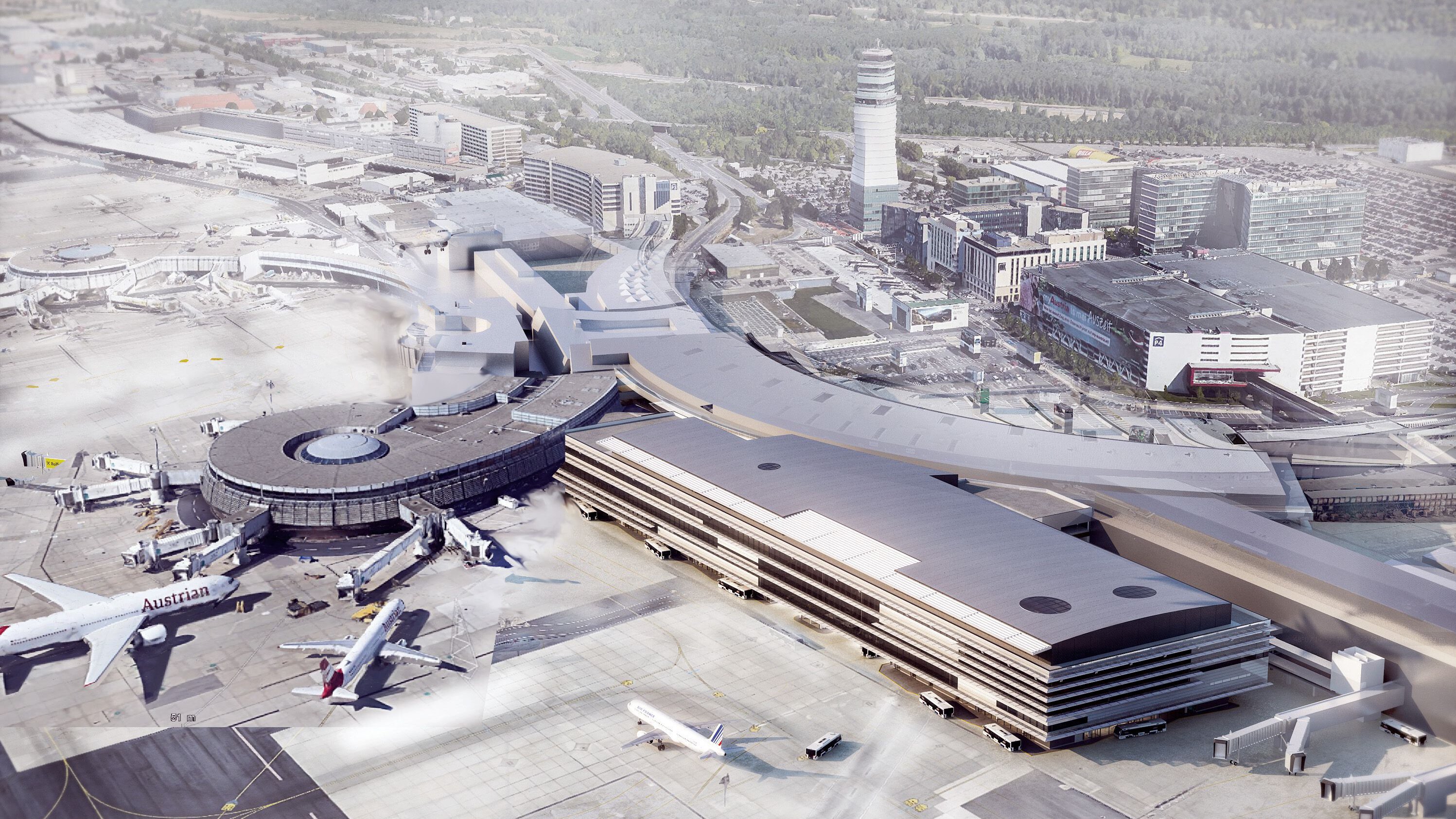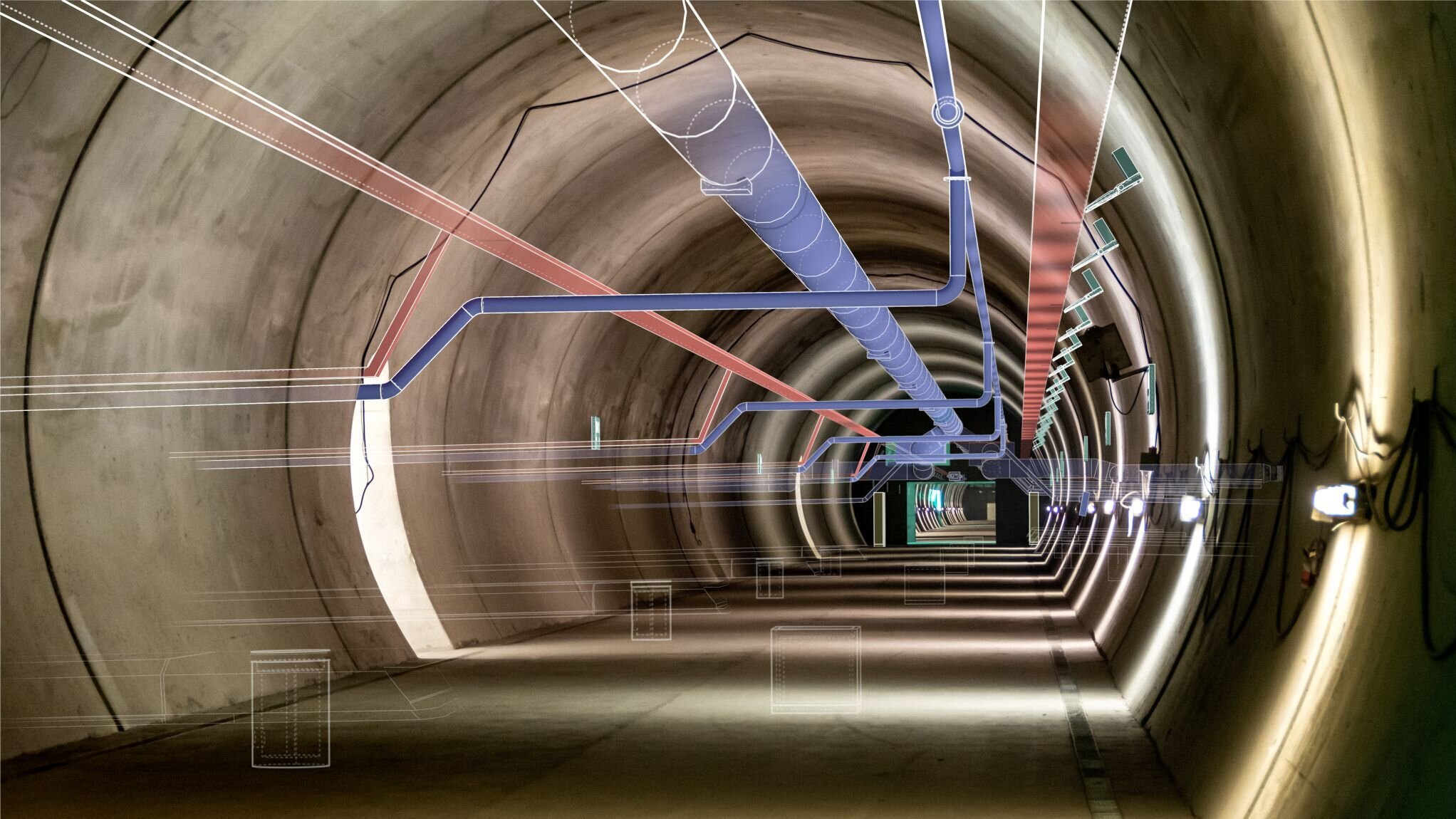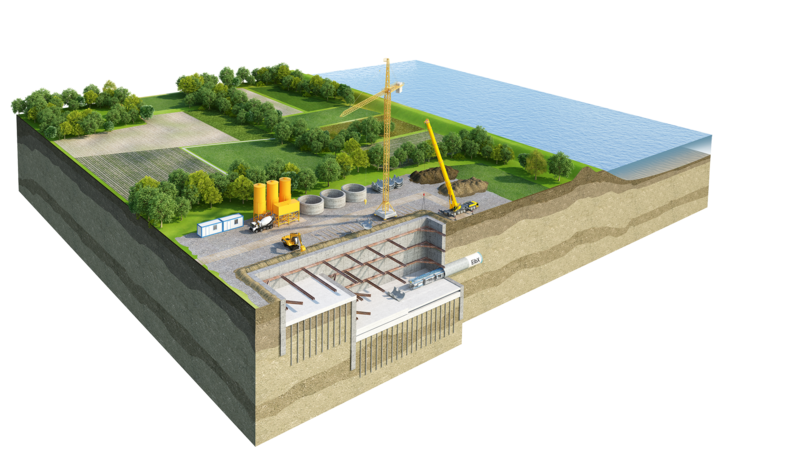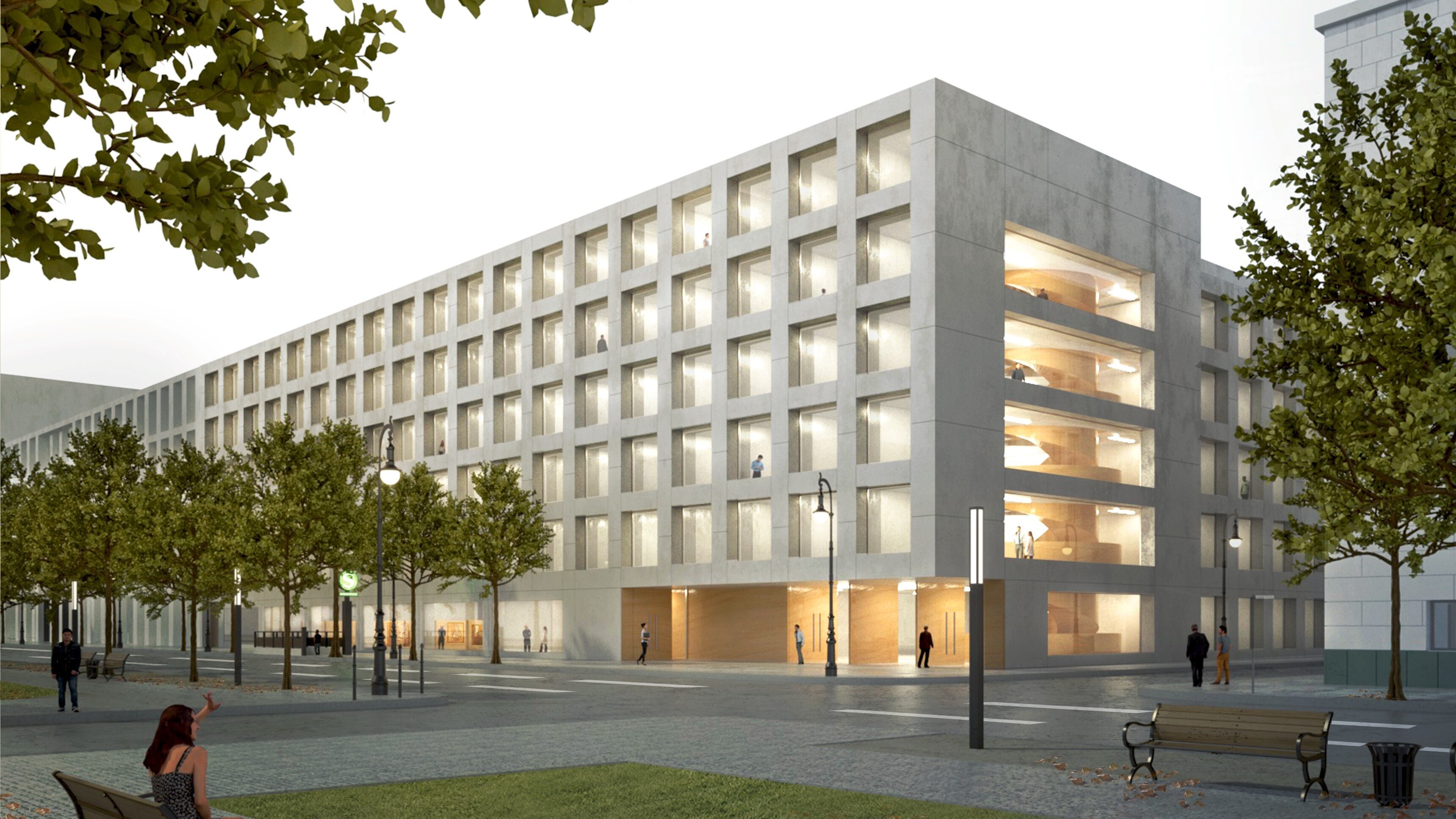
Building Information Modeling
Digital building culture affects us all.
We make digital building culture a shared success. That is why we want to pass on our expertise and experience in the transformation of planning and construction processes. Through modern technologies, practiced standards and functioning working methods, we create the basis for a joint transformation into digital building culture.
Our services
We combine many years of experience with practical processes. Benefit from our range of services so that BIM also makes sense in your value creation.
In more than 12 years, we have built up know-how that we make available to our customers from practice for practice.
We know how to make BIM projects a success and what limits and challenges need to be taken into account. In addition to the virtual world, we are also familiar with the traditional construction world, in which we successfully accompany the transformation with all change processes.
You too can benefit from this.
BIM Management
- BIM overall coordination
- BIM specialist coordination
- Client information requirements (AIA)
- BIM execution plan (BAP)
- BIM project management
- Planning, tendering, awarding and invoicing
BIM modeling
- Modeling in building construction and civil engineering
- As-built modeling
- Work and assembly modeling
- As-built modeling
- laser scanning
BIM Consulting
- Management consulting
- Project consulting
- BIM strategy development
- BIM based use cases
- BIM based FM
- Maturity models
Transformation to digital building culture
Digital corporate and project strategies
- ACTUAL analyses
- Development of target images
- Determination of requirements
- Implementation strategies
- Process optimization
- Implementation strategies
- Employee development
- CIP support
- Digital change management
Software Training & Support
- Training documents
- Training concepts
- Training on the job
- Expert trainings
- Autodesk
- RIB iTWO
- ÖBA and project management
- Planning teams
- Use in construction management
Software Development & IT Consulting
- Consulting and management of IT agendas
- Software systems and interfaces
- Platforms and cloud strategies
- In-house development
- Templates and tools
Digital construction process simulations
- BIM-based construction process simulations
- 4D and 5D planning
- Variant comparisons
- Digital logistics and work preparation
VR - Virtual Reality
AR - Augmentet Reality
- VR Room
- Virtual project environments
- Real-time rendering
- Cross-site VR
- AR application on the construction site
- TARGET-ACTUAL comparisons
- AR-based defect management
Visualization
- Highly professional rendering
- Automation from BIM to rendering
- Animations of workflows
- Animations of variants and their effects
Research and development
It is important for our value creation to live the state of the art. It is important for our future to develop new technologies, processes and methods and to test them in practice in order to promote the continuous improvement process. We are developing digital building culture.
The challenges of our industry and working world require us to evolve technologically and culturally. New technologies, networked collaboration, artificial intelligence and project management based on partnership require advance work.
These cannot be developed in parallel in practice. They require research environments in which development and training must take place in the spirit of LEAN in order to find the optimal implementation in practice. We are partners to research institutes, universities, start-ups, public institutions and chambers - but also to our competitors.
Only together can we drive forward optimizations for the industry without wastage.
Contact
You too can use the perfect tools and take your BIM project to a new level. Contact our specialist



